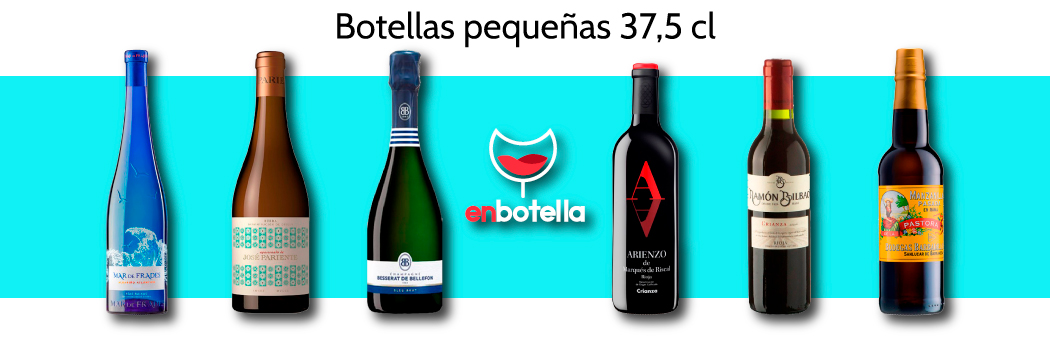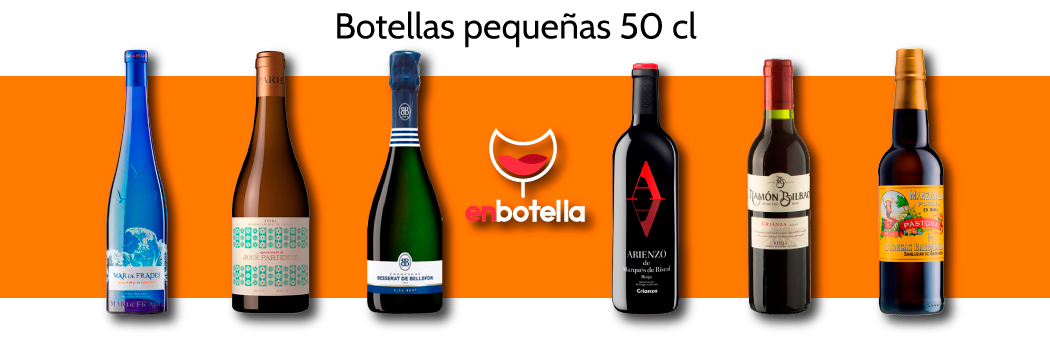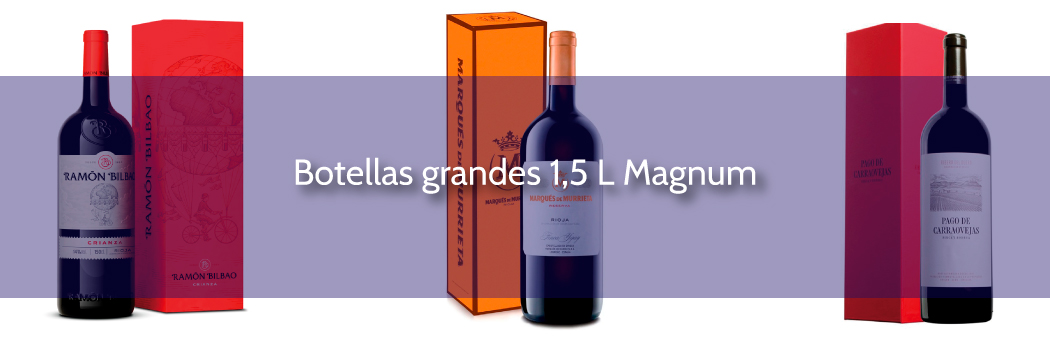López de Heredia Viña Tondonia, Timeless Riojas
Tradition, craftsmanship and sobriety
Anyone who has had a certain interest in the world of wine or has flirted with Fine Wine at some point in their lives has heard of Viña Tondonia. The wines of the López de Heredia family, in a quiet and elegant way, have invaded all the markets and all the tables of the great restaurants of the world with the presentation card of the durability of its wines. A quality that has been consistently demonstrated throughout their range for decades, which has never been a barrier to access to their wines due to price, at least in their current vintages. Although, of course, their mythical vintages in whites, rosés and reds, with a few decades behind them, are starting to reach historical records in Spanish wine.
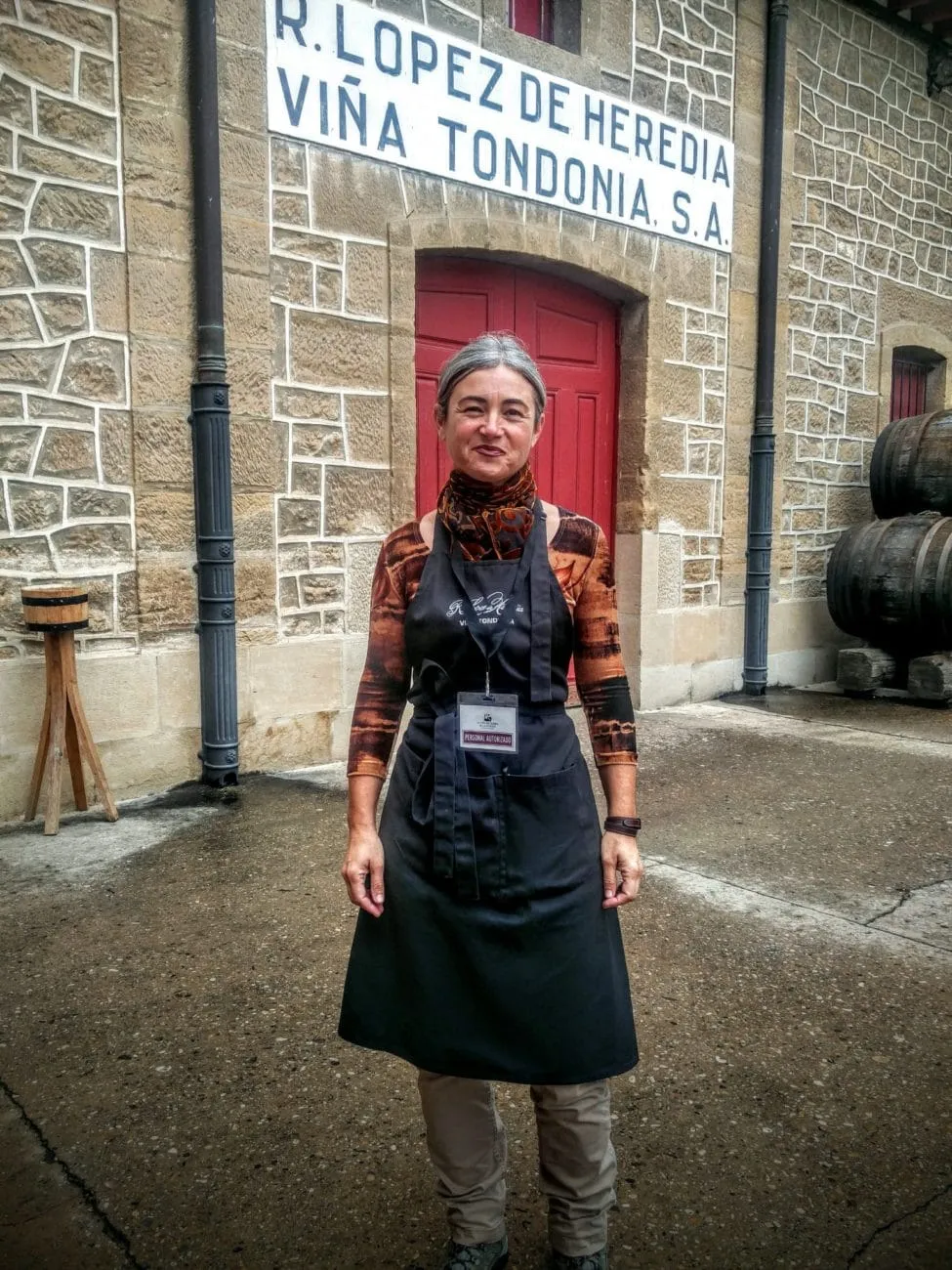
.
In Viña Tondonia more than in any other winery, the relationship between the halo of mysticism of the most classic Rioja that surrounds it and at the same time being an absolute trend among the most trendy young sommeliers and restaurants in all corners of the world is especially paradoxical.
And all of this is built on simple but profound pillars, something that is already distilled in a phrase that appears in its official documents from the end of the 19th century and which in any other winery might sound like a joke, or an absolute anachronism, but which nevertheless accurately defines the house: "Care and cleanliness in production, seriousness and honesty in its commercial transactions".
And just for the sake of nuance, and again taken verbatim from another family text, their own version of what tradition means to them is illuminating: "We mention tradition, in this case, not as an idea alluding to immobility, stagnation, opposition to change or complacency, but as a dynamic and aesthetic concept emanating from the maintenance of values and criteria that are defined and remain over time, far from more or less passing fashions, and which are evident in our now century-old work. "
Tondonia, Phylloxera and Bordeaux
In the 1880s, battalions ofBordeaux merchants were looking for a replacement as close as possible to their vineyards that had been ruined by phylloxera. This commercial inertia, of which the lands of La Rioja were able to take advantage, brought with it new ideas. Don Rafael López de Heredia y Landeta, an inquisitive and gifted pupil, set to work and began to plan and build what would later become the winery we know today.
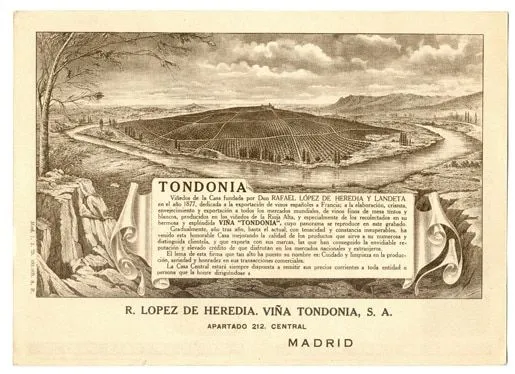
Between 1913 and 1914 he planted the first large plantation of almost 100 hectares that gave its name to the legendary "Viña Tondonia", located on the right bank of the Ebro River, with typical Riojan grape varieties. During the rest of the 20th century, the family would make up the rest of its heritage in the form of vineyards, with 3 more mythical vineyards, which would also give their name to wines, "Viña Zaconia", "Viña Bosconia" and "Viña Gravonia", with a total of 170 hectares of vineyards in the surroundings of Haro, managed independently by the family.
The key elements of their winemaking
At Viña Tondonia we always have the feeling that they talk to us about simple keys, easy to understand, but very complex when it comes to putting them into practice.
In the winery's harvest there is already some absolutely singular gesture. Of course, 100% of the grapes are harvested by hand. But it is not trivial to find tools such as poplar bins to transport the bunches of grapes to the weighing hoppers. In these truncated cone-shaped containers of up to 100 kilograms, traditionally used instead of plastic crates, the dialogue between fruit and wood begins.
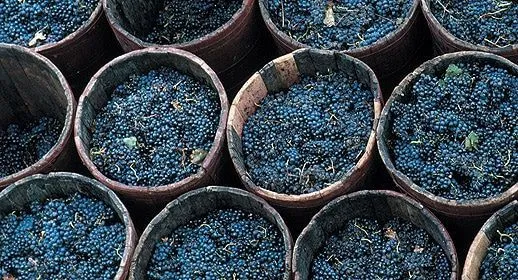
Once the grapes arrive at the winery, the grapes are fermented directly in wooden vats of 24,000 litres for the red wines and 6,000 litres for the white wines. And then they are aged in Bordeaux barrels for the time, depending on each wine, that is necessary.
As you can imagine by now, the wood at the López de Heredia winery is treated as an indissoluble part of the wine itself. So much so that they have their own barrels, something unthinkable in any other winery in the area. The wood in such long ageing is especially important and for long ageing it is important to know and work with wood that is sufficiently mature so that the speed of ageing or "education", as they like to say, is perfect. Natural racking during the barrel time once or twice a year, which in expert hands accurately removes the coarsest part of any precipitate that arises during this period
Once this time is over, the wines are bottled unfiltered, only clarified in a traditional way with fresh egg whites. And, of course, natural cork of the highest quality to ensure that the whole process is completed with reductive refinement in the bottle for long periods of time.
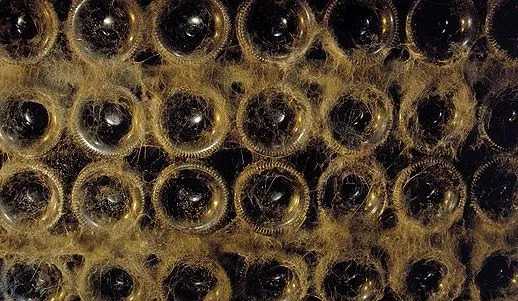
And as for the cork and its sealing wax, little can be added to the way in which they themselves explain their self-demanding nature in the whole process until the end:
Consequently, a wine, in order to achieve such a high Title, will have to take care of its origin, the cradle in which it sleeps, the room in which it stays, the climate it breathes, the temperature that shelters it, the humidity that surrounds it, the hands that caress it, the container that keeps it, the cork that protects it and the sealing wax that "Seals" it. In this long chain, all the intervening elements must be natural. The Wine, as the protagonist, must be CRIED, THE BARREL that houses it must be made of OAK of good origin: "CRIED", "CRIED OAK" and the stopper of "CORK", also of good origin.
To venture into family wines it is important to understand several issues. First of all, we should not be frightened by the fact that their current vintages are much earlier than those of other similar wines. Their wines always have that uncanny ability to be smooth, young and fluid, thanks to the slowness and precision of their processes and the undeniable quality of the raw material.
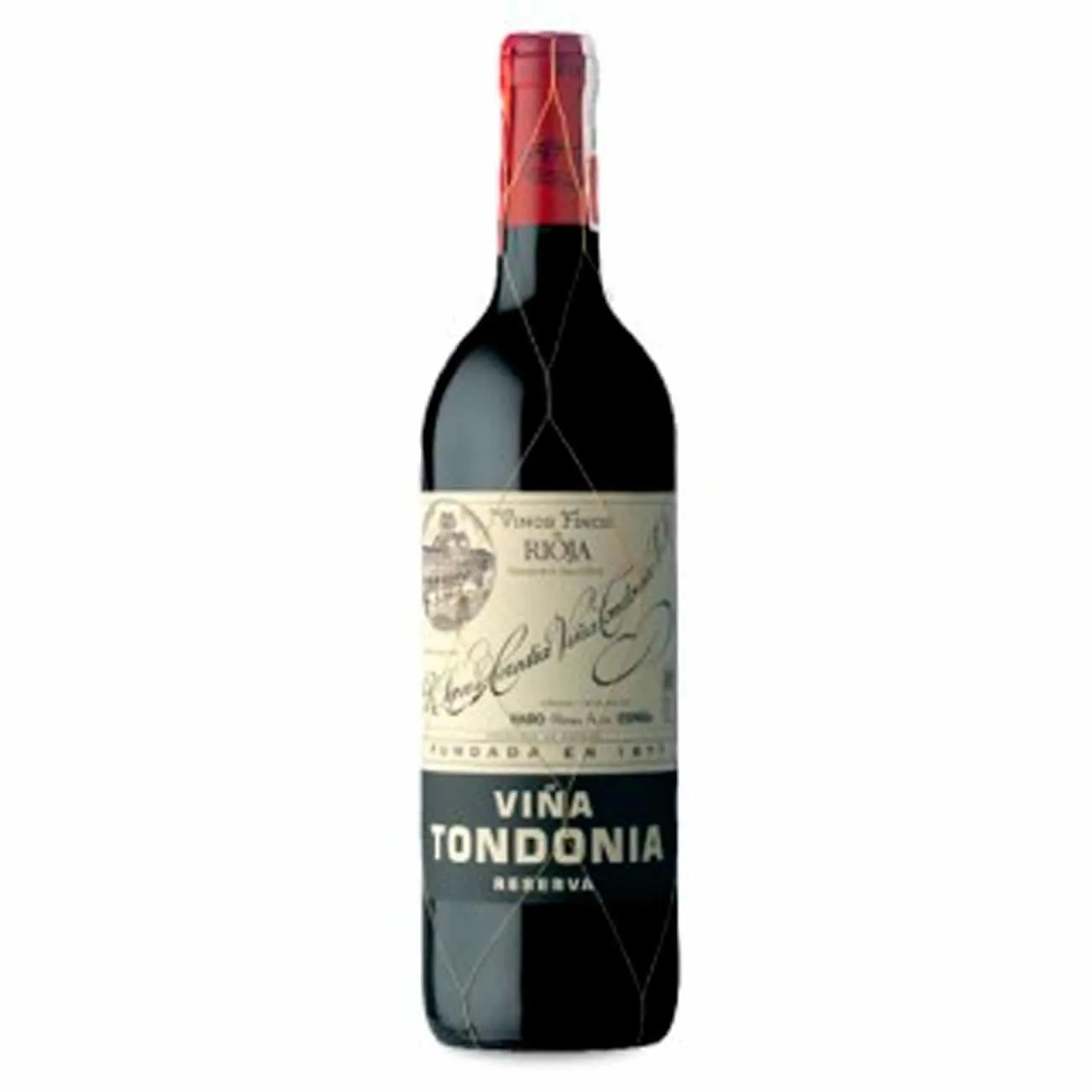
On their main labels, Viña Tondonia (whites and reds) and Viña Bosconia, it is very important to separate the labels of the "Reserva" from those of the "Gran Reserva". Although they have similar origins, only in some very specific vintages are "Gran Reserva" wines made. In these cases, the time until they see the light of day is dramatically prolonged and the bottles are sealed with sealing wax, unlike the rest. The prices are obviously in line with the availability, which in the case of the latter is much lower.
Viña Cubillo and Viña Gravonia are site specific wines and are not aged in different ways as Tondonia and Bosconia are

Viña Tondonia Rosado Gran Reserva deserves a special mention. The family's rosé is a true icon in the world of wine. It is one of the great, and infrequent, examples of a long-aged rosé capable of ageing extraordinarily well. A blend of Tempranillo, Garnacha and Viura, it does not usually see the light of day before 10 years after the harvest.
If you haven't tried their wines yet... you're already late.

